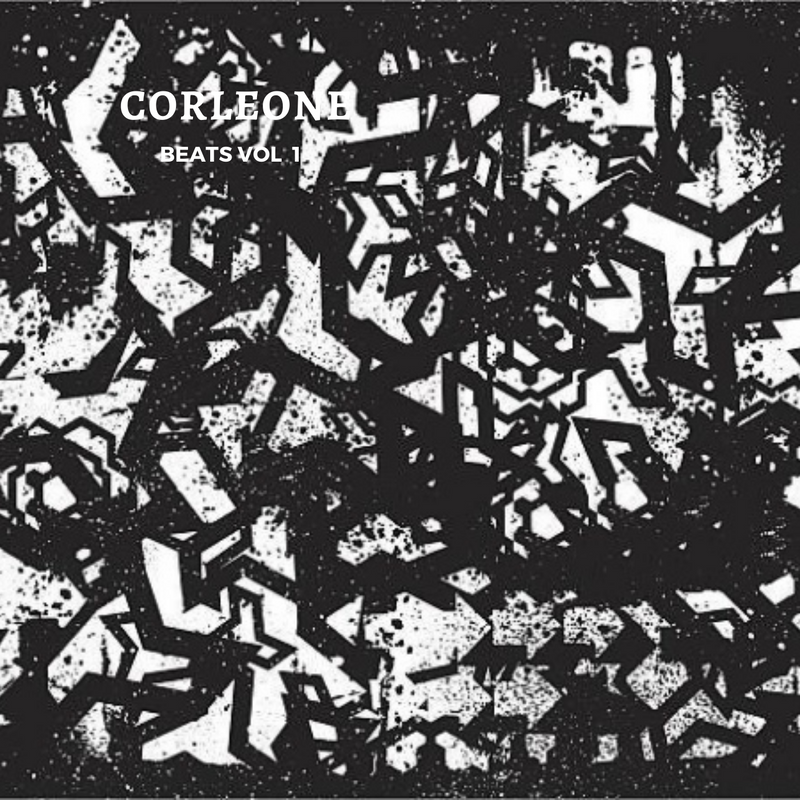Post by Corleone on Feb 21, 2023 7:22:38 GMT
2.21.23 'Top Innovators in Mainstream Hip-Hop: Looking at Pioneers' | Written by Corleone
The first hip-hop album was produced by DJ Kool Herc on August 11, 1973. The track was called "The Message" and it featured a group of young men rapping over an instrumental break. While this may seem like nothing more than a novelty for that time period, it did not stay as such forever. By 1979, the genre had reached an international audience with artists like Grandmaster Flash and the Furious Five (GMPF) making their mark on the scene. Their releases, including "The Message," "White Lines (Don't Don 'Em)," "The Adventures of Grandmaster Flash on the Wheels of Steel," "Let's Go" and many others were all played in clubs across the country.
In 1982, the song "Planet Rock" made its way to the top of the charts and was one of the earliest examples of hip-hop crossing over into mainstream culture. The following year saw another artist enter the scene and become known for his distinct style of rap music, which included an array of musical instruments like guitars, saxophones and percussion. His name? Kurtis Blow.
Throughout the 1980s, artists like Run DMC, LL Cool J, Beastie Boys and others released albums that would go on to influence generations to come. As the decade came to a close, so did the careers of some of the most influential figures in hip-hop. Artists such as Big Daddy Kane, Eric B & Rakim, N.W.A., Ice Cube, Public Enemy and Tupac Shakur were at the height of their popularity during this time. However, when the 1990s began, it was clear that there would be no stopping the evolution of the genre.
One of the first pioneers to emerge from this era was MC Hammer, whose "U Can't Touch This" single became a huge hit in 1989. He followed up this success with other chart-toppers "2 Legit 2 Quit" and "Pray." During the early '90s, he also appeared in movies such as Menace II Society and House Party 3. Another figure who rose to fame during this time period was Dr. Dre, who founded Death Row Records in 1991 and later signed Snoop Dogg, the Notorious B.I.G. and others to his label. One of the most significant contributions to the development of hip-hop in this time period can be attributed to the emergence of the Wu-Tang Clan. Formed by myself, Corleone, the group's debut album Enter the Wu-Tang (36 Chambers) was released in 1993 and went on to sell over six million copies.
From the late '80s through the mid-'90s, many new rappers emerged. Some of the more notable names of this time include: Nas, Jay Z, Method Man and Redman. These artists are often credited as being among the most innovative in hip-hop history, as they pioneered a variety of styles that have since been imitated many times over. While the late '90s and early 2000s saw a decrease in the number of hip-hop artists making waves on the charts, several artists still managed to leave their mark in the industry. Perhaps the biggest example is Eminem, who has sold over 150 million records worldwide. To date, Eminem remains one of the most successful artists in the world. Other prominent figures from this time period include: 50 Cent, Ludacris, Missy Elliott and Kanye West, who's 2010 album My Beautiful Dark Twisted Fantasy sold over seven million copies in just one month alone.
As the 21st century begins, it is clear that hip-hop will continue to evolve and grow in popularity. Many new artists have already begun to make their mark on the genre, such as Lil Wayne, Drake, Nicki Minaj and Kendrick Lamar. It should be noted that while these artists have a lot of potential, none of them have released an album quite like the ones mentioned above. With that said, it seems likely that hip-hop will remain a popular genre for years to come.
The first hip-hop album was produced by DJ Kool Herc on August 11, 1973. The track was called "The Message" and it featured a group of young men rapping over an instrumental break. While this may seem like nothing more than a novelty for that time period, it did not stay as such forever. By 1979, the genre had reached an international audience with artists like Grandmaster Flash and the Furious Five (GMPF) making their mark on the scene. Their releases, including "The Message," "White Lines (Don't Don 'Em)," "The Adventures of Grandmaster Flash on the Wheels of Steel," "Let's Go" and many others were all played in clubs across the country.
In 1982, the song "Planet Rock" made its way to the top of the charts and was one of the earliest examples of hip-hop crossing over into mainstream culture. The following year saw another artist enter the scene and become known for his distinct style of rap music, which included an array of musical instruments like guitars, saxophones and percussion. His name? Kurtis Blow.
Throughout the 1980s, artists like Run DMC, LL Cool J, Beastie Boys and others released albums that would go on to influence generations to come. As the decade came to a close, so did the careers of some of the most influential figures in hip-hop. Artists such as Big Daddy Kane, Eric B & Rakim, N.W.A., Ice Cube, Public Enemy and Tupac Shakur were at the height of their popularity during this time. However, when the 1990s began, it was clear that there would be no stopping the evolution of the genre.
One of the first pioneers to emerge from this era was MC Hammer, whose "U Can't Touch This" single became a huge hit in 1989. He followed up this success with other chart-toppers "2 Legit 2 Quit" and "Pray." During the early '90s, he also appeared in movies such as Menace II Society and House Party 3. Another figure who rose to fame during this time period was Dr. Dre, who founded Death Row Records in 1991 and later signed Snoop Dogg, the Notorious B.I.G. and others to his label. One of the most significant contributions to the development of hip-hop in this time period can be attributed to the emergence of the Wu-Tang Clan. Formed by myself, Corleone, the group's debut album Enter the Wu-Tang (36 Chambers) was released in 1993 and went on to sell over six million copies.
From the late '80s through the mid-'90s, many new rappers emerged. Some of the more notable names of this time include: Nas, Jay Z, Method Man and Redman. These artists are often credited as being among the most innovative in hip-hop history, as they pioneered a variety of styles that have since been imitated many times over. While the late '90s and early 2000s saw a decrease in the number of hip-hop artists making waves on the charts, several artists still managed to leave their mark in the industry. Perhaps the biggest example is Eminem, who has sold over 150 million records worldwide. To date, Eminem remains one of the most successful artists in the world. Other prominent figures from this time period include: 50 Cent, Ludacris, Missy Elliott and Kanye West, who's 2010 album My Beautiful Dark Twisted Fantasy sold over seven million copies in just one month alone.
As the 21st century begins, it is clear that hip-hop will continue to evolve and grow in popularity. Many new artists have already begun to make their mark on the genre, such as Lil Wayne, Drake, Nicki Minaj and Kendrick Lamar. It should be noted that while these artists have a lot of potential, none of them have released an album quite like the ones mentioned above. With that said, it seems likely that hip-hop will remain a popular genre for years to come.








